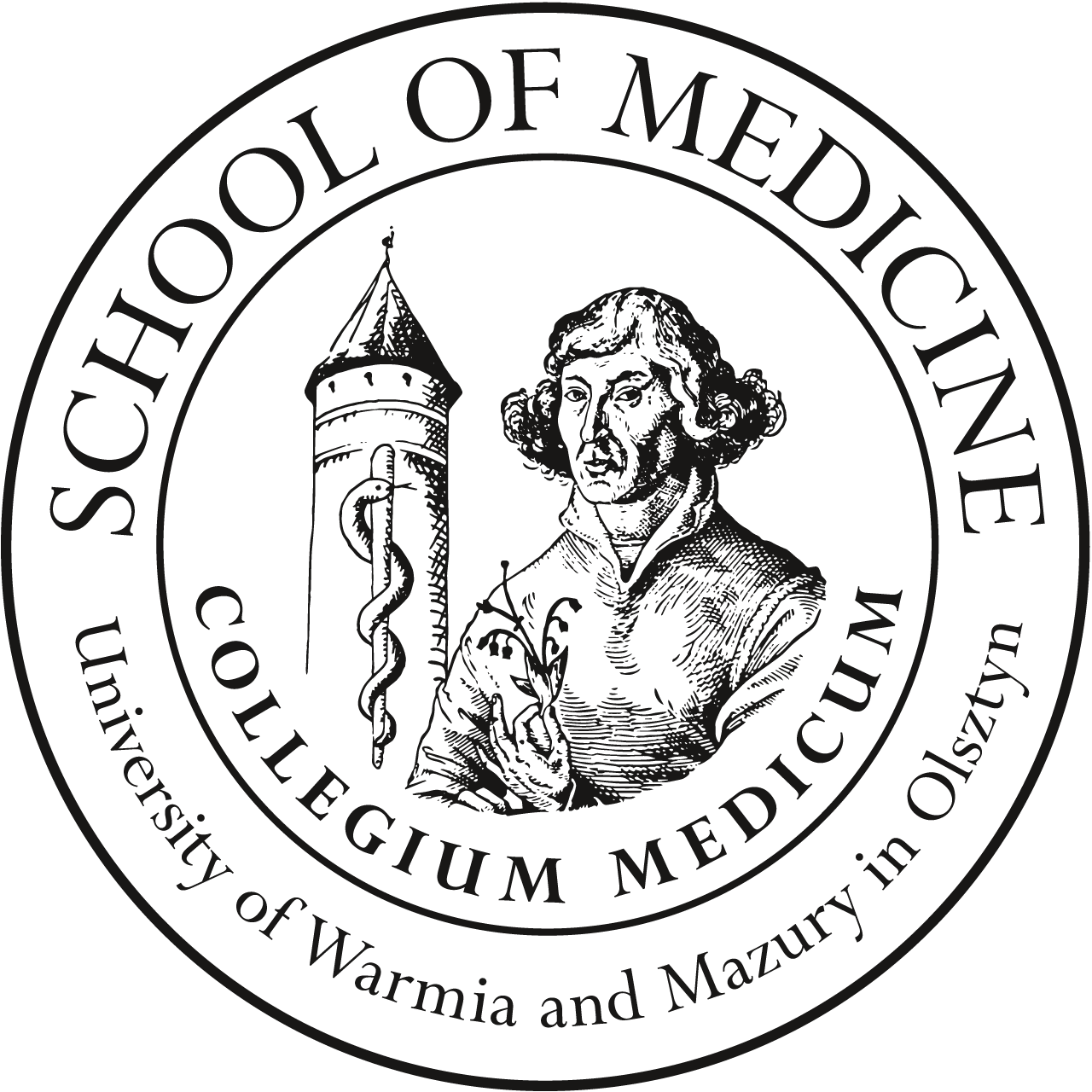SCHEDULES AND THEME
https://wl.uwm.edu.pl/en/students/classes-schedule-0/iii-year
INTRODUCTIO TO INTERNAL MEDICINE - ED
WL, academic year 2025/2026; 3rd study year
Organization of the study in Semester V ( winter):
3rd study year; academic year 2025/2026 (semester V) | lectures | seminars | classes |
Introduction to Internal Medicine | 10 | 10 | 40 |
Initials of Professors:
dr hab. n. med. Sławomir Żegleń – SŻ; Department of Pulmonology , Pulmonology Hospital - Warmińsko-Mazurskie Centrum Chorób Płuc - Jagiellońska Street 78
dr hab. n. med. L. Gromadziński, prof. UWM – LG; II Department of Cardiology and Internal Medicine University Hospital, Warszawska 30, 10-089 Olsztyn , III floor
dr n. med. Wojciech Matuszewski – WM; The Regional Specialist Hospital in Olsztyn, Department of Endocrinology, Diabetology and Internal Medicine, Żołnierska 18, 10-561 Olsztyn, III floor
Number of seminar groups – 1, in classes – 4
Organization of the study in Semester V:
Lectures: all Students
date (number of hours) | Lecturer | Subject |
07.11.25 godz. 15.45-17.15 WSS sala 3 | TS (2h) | Consciousness disorders; Edema. Jaundice and other skin color disorders; History taking and physical assessment in ascites. Differential diagnosis of ascites |
24.11.25 godz. 13.00-14.30 CSM 100 D | TS (2h)
| Enlargement of lymph nodes, liver and spleen (lymphadenopathies, hepatomegaly, splenomegaly); Arterial hypertension and Hypotension. Signs and symptoms of life threatening conditions; Fever |
15.12.25 godz. 13.00-14.30 WSS sala3 | TS (2h)
| Signs, symptoms, laboratory findings and clinical diagnosis: theory and practice; Methods of clinical examination |
12.01.26 godz. 15.00-16.30 CSM 100D | SŻ (2h) | Dyspnoea. Cough and hemoptysis |
08.10.25 godz. 13.00-14.30 WSS sala3 | WM (2h)
| Pain as a disease alarm; Thirst. Weight changes (underweight, overweight)
|
Location and organization:
Classes - 4 hours: 9.00 – 12:00 (if with 2x15 min break) The Regional Specialist Hospital in Olsztyn, Department of Endocrinology, Diabetology and Internal Medicine, dr n med. W. Matuszewski, classes 9.00-12.00, III floor
Seminars and Classes - Rotation Table
semester V | working days:
|
LG | 1a 20, 21, 22, 23, 24, 27, 28, 29, 30.10; 03.11.25 |
2a 4, 5, 6, 7, 12, 13, 14, 17, 18, 19. 11.25 | |
2b 6, 7, 8, 9, 10, 13, 14, 15, 16, 17.10.25 | |
WM | 1b 20, 21, 22, 23, 24, 27, 28, 29, 30.10; 03.11.25
|
Seminars:
Sem. group 1: (WM) 1a, 1b, 2a, 2b - The Regional Specialist Hospital in Olsztyn, Department of Endocrinology, Diabetology and Internal Medicine, Żołnierska 18, 10-561 Olsztyn, sem: 7.30-8.15 on 20.10, 21.10, 24.10, 27.10, 28.10, 29.10; sem 7.00-7.45 on 22.10, 23.10, 30.10, 3.11 room no 3 WSS,
SEMESTER V
Lectures: 10 hours
- Consciousness disorders; Edema. Jaundice and other skin color disorders;
- History taking and physical assessment in ascites. Differential diagnosis of ascites
- Enlargement of lymph nodes, liver and spleen (lymphadenopathies, hepatomegaly, splenomegaly); Arterial hypertension and Hypotension.
- Signs and symptoms of life threatening conditions; Fever
- Thirst;
- Cough and hemoptysis
- Pain as a disease alarm;
- Dyspnoea. Weight changes (underweight, overweight)
- Signs, symptoms, laboratory findings and clinical diagnosis: theory and practice;
- Methods of clinical examination
Seminars: 10 hours
- How to communicate with patient and his family during consultation. Confidentiality, informed consent and patient’s autonomy.
- Physical examination: inspection, percussion, auscultation and palpation. General health status assessment.
- HT and PE of head and neck. HT and PE in pathology of skin, lymph nodes, nails, mucosa.
- HT and PE in cardiovascular disorders. The heart. Peripheral vascular and venous system.
- HT and PE in respiratory system
- HT and PE in gastrointestinal system (part I).
- HT and PE in gastrointestinal system (part II) and in renal system.
- HT and PE in musculosceletal system. Basics of neurological examination
- HT and PE in endocrine system. HT and PE in hematological disorders.
- Medical records. Medical documentation
Classes: 40 hours
- Communication with the patient. Verbal communication and body language. How to start? Principles of history taking (HT). HT in patients with consciousness disorders. HT from family or relatives. Asking the right questions and asking the questions right. Writing notes (how, what and when?) HT from young, adult and elderly patients. “Difficult patient” (deaf, angry or aggressive patient; different language or culture).
- Physical examination (PE). Approaching to PE (conduct, setting). General examination [first impressions, conscious level, nutritional status (weight, height), temperature, colour, hydration, body balance, gait. Patient’s interview – practice (student as a physician).
- HT and PE in skin, hair, nails and lymph nodes disorders. HT and PE in head and neck disorders.
- HT and PE in cardiovascular disorders. The heart. Peripheral vascular and venous system.
- HT and PE in respiratory system
- HT and PE in gastrointestinal system (part I).
- HT and PE in gastrointestinal system (part II) and in renal system.
- HT and PE in musculosceletal system. Basics of neurological examination
- HT and PE in endocrine system. HT and PE in hematological disorders.
- Clinical examination.
Basic literature:
- Oxford Handbook of Clinical Examination and Practical Skills. Thomas J., Monaghan T. – Editors; Oxford Unversity Press 2018
- Macleod’s Clinical Examination. Douglas G., Nicol F., Robertson C – Editors; Churchill Livingstone – Elsevier, 2011
- Clinical Examination. Epstein O., Perkin G.D. et.el. – Editors, Mosby – Elsevier, 2008
- Piotr Zaborowski, Beata Moczulska, Monika Kubiak, Krzysztof Tytman, Leszek Gromadziński, Beata Januszko-Giergielewicz., Podstawy badania klinicznego. Basic in clinical examination, Medi Page 2016


